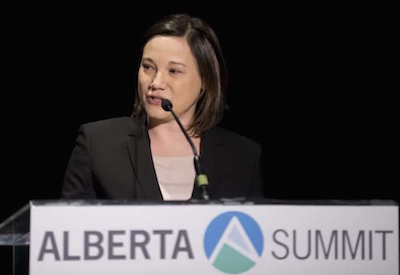New EV Chargers Coming to Multi-Unit Residential Buildings Across Canada

May 4, 2022
Reducing pollution from the transportation sector is critical to Canada achieving its climate targets. That’s why the Government of Canada is making it easier for Canadians to purchase, charge and drive electric vehicles (EVs) in Ontario and across the country.
The Honourable Jonathan Wilkinson, Minister of Natural Resources, announced a more than $899,000 investment in Broadstreet Properties Ltd. to install 188 Level 2 EV chargers at various multi-unit residential buildings across Canada.
Funded through Natural Resources Canada’s Zero-Emission Vehicle Infrastructure Program, all chargers will be available to residents by November 30, 2022. Broadstreet Properties Ltd. also contributed more than $993,000, bringing the total project cost to more than $1,893,000.
Since 2015, Canada has invested a historic $1 billion to make EVs more affordable and chargers more accessible for Canadians. These investments are supporting the establishment of a coast-to-coast network of chargers in local areas where Canadians live, work and play, while federal rebates of up to $5,000 are helping more Canadians make the switch to an EV.
Budget 2022 proposes to invest an additional $1.7 billion to extend the government’s purchase incentive program until March 2025 and to expand the types of vehicle models eligible under the program, which would include more vans, trucks and SUVs.
In support of the government’s objective of adding 50,000 ZEV chargers to Canada’s network, Budget 2022 also provides an additional $400 million to NRCan for deploying zero-emission vehicle infrastructure complemented by $500 million that Canada’s Infrastructure Bank will invest in large-scale ZEV charging and refuelling infrastructure that is revenue generating and in the public interest.
These investments are yet another step in reaching Canada’s target of ensuring all new passenger vehicles sold in Canada are zero-emission by 2035. And just like investments in everything from clean technology to nature protection, today’s announcement is part of achieving Canada’s ambitious climate change goals to build a cleaner, healthier and affordable future for all Canadians.
Quick Facts
- Transportation accounts for 25 percent of total greenhouse gas emissions in Canada.
- Investments in charging infrastructure made so far will result in more than 25,000 new chargers coast to coast.
- To date, over 136,000 Canadians and Canadian businesses have taken advantage of the federal incentive to purchase a zero-emission vehicle.










![Guide to the Canadian Electrical Code, Part 1[i], 26th Edition – A Road Map: Section 10 – Grounding and Bonding](https://electricalindustry.ca/wp-content/uploads/2022/11/Guide-CE-Code-2.png)





